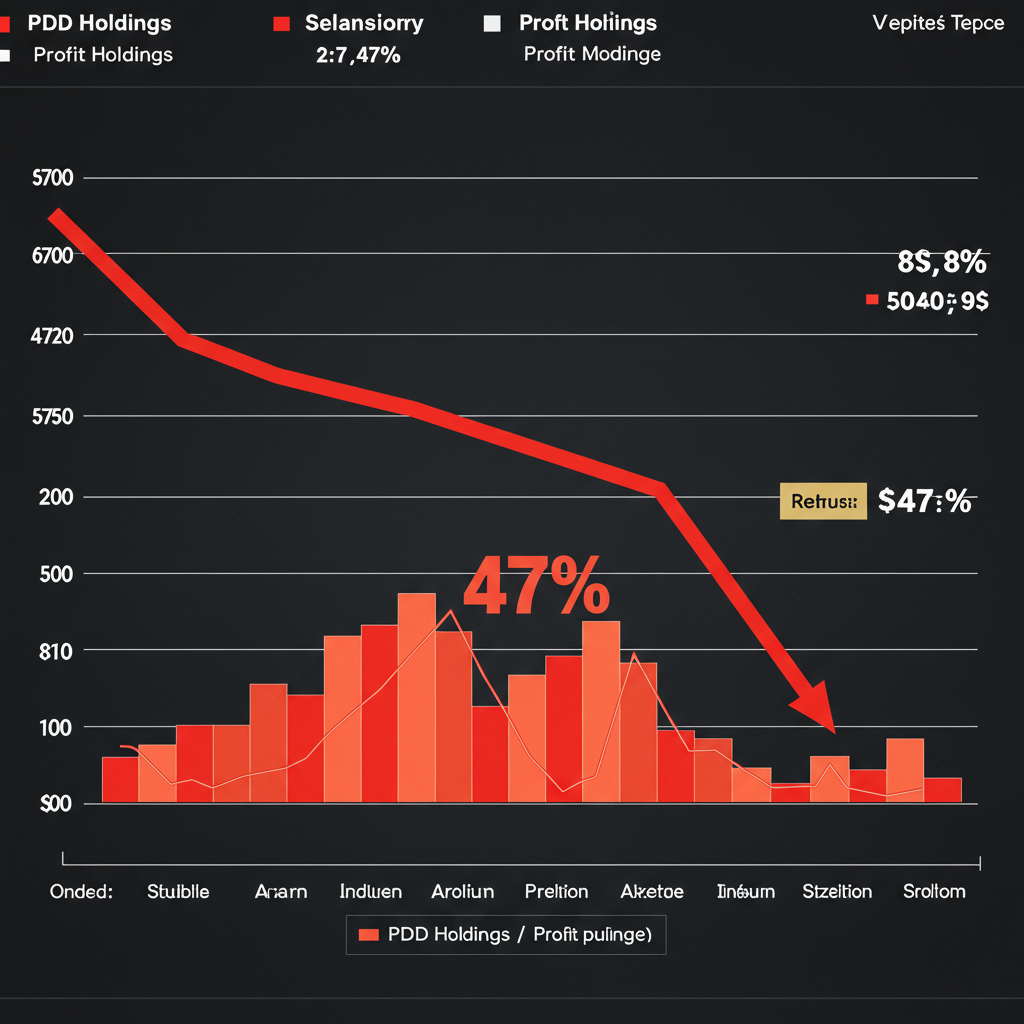The Federal Reserve kept its benchmark interest rate steady at its latest monetary policy meeting, maintaining the target range at 4.25% to 4.5%. This decision signals the central bank’s commitment to a “wait and see” approach amidst growing economic uncertainty, largely influenced by evolving trade policy and the anticipated effects of tariffs.
Federal Reserve Chair Jerome Powell explained that policymakers feel “well positioned to wait” before making any adjustments to rates. He emphasized the need to gather more information about the likely course of the economy before considering policy shifts, citing “elevated uncertainty about the economic outlook,” particularly concerning trade policy’s potential impact on future spending and investment.
Tariffs: An Unavoidable Cost?
A key factor highlighted by Powell and policymakers is the potential impact of tariffs on inflation. Powell stated that tariffs represent an “unavoidable cost increase” for businesses and consumers. He indicated that policymakers are beginning to see “some effects” of tariffs showing up in inflation data and expect “meaningful increase in inflation” from this source in the coming months.
While tariffs take time to work through the distribution chain, eventually, someone in the supply chain – from manufacturers and importers to retailers and ultimately consumers – will bear the cost. This dynamic contributes to expectations for higher near-term inflation, though Powell suggested the Fed might view some of these price increases as potentially transitory, especially compared to the persistent inflation seen decades ago.
Economic Projections Reflect Shifting Outlook
The Fed’s updated Summary of Economic Projections, including the closely watched “dot plot,” reflected this cautious stance and evolving outlook. While the projection still indicated an expectation for two rate cuts this year by a slight majority of members, there was a notable shift towards fewer cuts overall. More officials now project only one rate cut or even no cuts at all for the year, reflecting increased conviction among some policymakers that rates may need to stay higher for longer.
Policymakers also slightly adjusted their economic forecasts, now anticipating higher near-term inflation and a slightly lower outlook for gross domestic product (GDP) growth (downgraded from 2.1% to 1.7%). The median unemployment rate forecast also edged up slightly (from 4.3% to 4.4%). While these shifts might suggest a mild case of “stagflation” to some, Powell downplayed comparisons to the severe stagflationary period of the 1970s and 80s, stating the current situation is “not remotely comparable.” He stressed the high degree of uncertainty surrounding these projections, noting that rate path forecasts lack “a great deal of conviction” and remain fundamentally “data dependent.”
Recent economic data supports the Fed’s cautious approach. While the May Consumer Price Index showed easing month-over-month inflation (+0.1%), rising energy costs remain a concern. Real-time GDP estimates also suggest growth may be slightly moderating compared to the previous quarter.
Expert Insights: Uncertainty Reigns
Analysts largely viewed the Fed’s decision to hold rates steady as unsurprising given the economic backdrop. The dominant theme cited by experts is increased uncertainty driven by policy questions like tariffs, alongside mixed economic data and geopolitical tensions.
Some experts interpret the Fed’s focus on tariff inflation as a willingness to tolerate slower economic or job growth in the short term to contain price pressures. Others believe the path to rate cuts later this year could open up if the labor market unexpectedly weakens. However, there’s a clear consensus building among some market watchers that the environment is shifting towards fewer or no rate cuts in the near term, a view reinforced by the changes in the Fed’s dot plot.
Adding to the complexity, some analyses suggest that policy uncertainties, particularly surrounding trade, have increased the probability of a recession in forecasts from major banks. While a recession isn’t seen as imminent by all, the uncertainty itself can weigh on business investment and hiring. Investors are advised to remain cautious, potentially favoring shorter-term bonds or re-evaluating portfolio allocations, as premature rate cuts could paradoxically push longer-term rates higher.
What the Rate Hold Means for Your Money
For everyday Americans, the Fed’s decision to hold rates steady means high borrowing costs are here to stay for now, while savers continue to benefit from elevated yields.
Borrowers: Variable-rate debt remains expensive. Mortgage rates hover near 7%, while home equity lines of credit (HELOCs) can have double-digit interest rates or are tied to the high prime rate. The average credit card APR remains stubbornly above 20%. This is particularly concerning as credit card delinquency rates have recently hit a 13-year peak, a significant red flag that could lead banks to tighten lending standards. Financial experts strongly advise those carrying high-interest debt to take proactive steps now, such as exploring balance transfer cards with 0% introductory APRs or consolidating debt with lower-rate personal loans, rather than waiting for uncertain future rate cuts.
Savers: While the rate hold means high-yield savings account and CD rates are unlikely to increase immediately, competitive yields, often exceeding 4%, remain widely available, particularly at online banks and credit unions. Savers continue to be rewarded with returns that often outpace current inflation rates. Locking in current high rates with short-term certificates of deposit is still seen as an attractive strategy.
The Fed’s patient stance reflects a cautious approach in a complex economic environment. Future policy decisions will hinge on incoming data, particularly regarding inflation and labor market conditions, as the central bank navigates the unique challenges posed by trade policy and broader economic uncertainties. Consumers and investors alike are encouraged to use this period of stability to assess their financial positions and prepare for potential future shifts.



